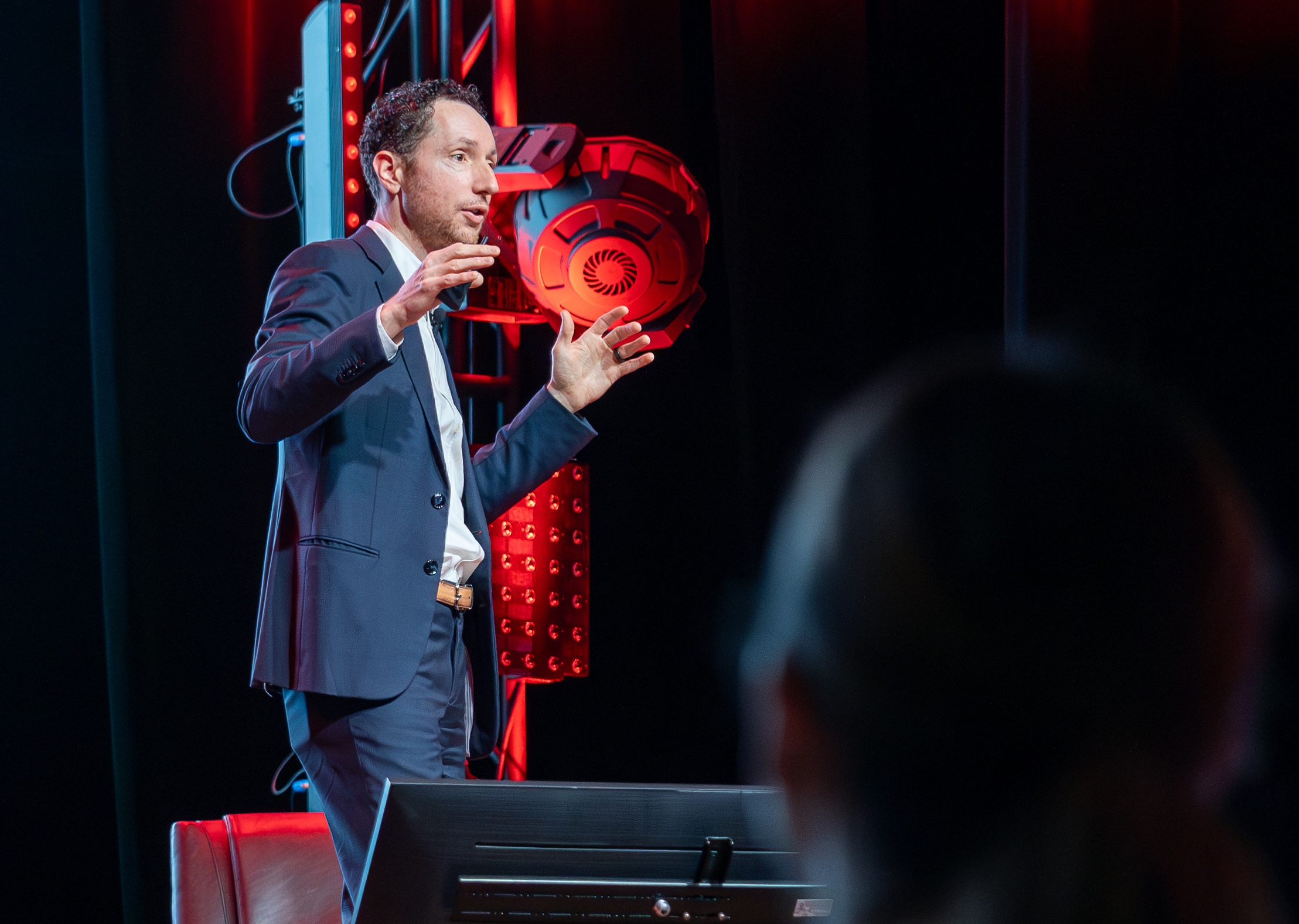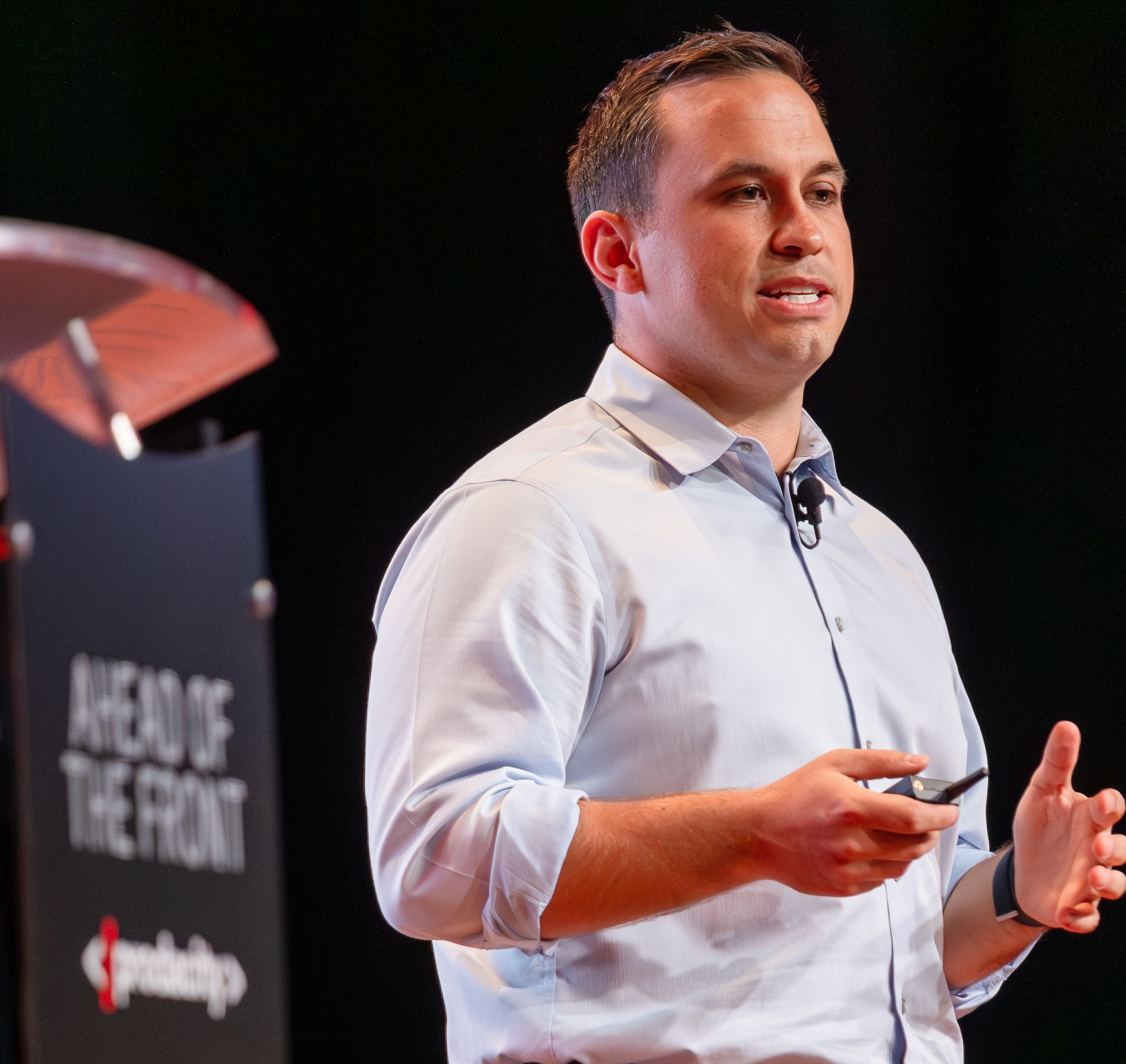Transforming Delivery with Culture, Incentives, and Uncommon Collaboration
In the session block “All You Need is Love (and Practices & Platforms Worth Loving)”, three voices brought hard-won wisdom to a topic often dominated by tooling and metrics: how to enable the continuous delivery of valuable software users love. Edward Hieatt, DJ Angelini, and Lt. Col. David Williams didn’t talk about technology for technology's sake. They talked people, incentives, culture, and systems that help teams win.
Here are four takeaways from this deeply human and highly tactical conversation.
.jpg)
1. Predictability Is the New Productivity
“CD isn’t about speed. It’s about predictable delivery of business output in the face of change.” – Edward Hieatt
Edward Hieatt set the tone by redefining what good software delivery means in 2025. It’s not about velocity alone. It’s about low volatility, or the ability to consistently deliver value, even as requirements shift.
Hieatt proposed that volatility offers a strikingly clear metric. Measured as the standard deviation of a team’s delivery over time, volatility reflects how reliably a team ships mission-relevant outcomes. A study of 100,000 software teams revealed most operated at 92% volatility—a chaotic sine wave of productivity masked by Agile ceremony.
How to flatten the curve:
- Focus on practices that build feedback loops, like test-driven development (TDD), pairing, continuous integration, and retros.
- Avoid leading with tools. Lead with purpose and measure practices by their ability to reduce volatility.
- View continuous delivery not as a checklist, but as a cultural shift to tame entropy and deliver reliably.

2. Continuous Delivery Is a Strategic Investment—Not a Side Project
“You are only as fast as your slowest shipper.” – DJ Angelini
DJ Angelini shared Palantir’s journey from manual upgrades to shipping thousands daily updates across global, multi-cloud, and classified environments. What made the difference? A serious, long-term investment in infrastructure as a first-class citizen.
Palantir built Apollo (their internal CD engine) and Rubix (a hardened Kubernetes runtime) to scale fast and ship securely. But DJ was candid;this didn’t happen overnight and the build cost time, people, and money. What made it worthwhile was feedback from real users and competitors, which forced rapid evolution and hardened the product.
Key dynamics from DJ’s talk:
- Competition is the ultimate feedback loop. Other vendors using your tools will expose weaknesses faster than your teams.
- Mission platforms are R&D accelerators. Internal innovation becomes productized for broader benefit.
- Control doesn’t mean in-house. At higher classification and Special Access Program (SAP) levels, commercial platforms can offer greater control and configurability, not less.

3. Incentives Make or Break Platforms
“I’ll never again bring a cost-plus platform contract to a decision-maker.” – Lt. Col. David Williams
Drawing from experience launching a software factory adjacent to Kobayashi Maru, Lt. Col. David Williams argued that platform success is about incentives, not just architecture. In one program, the platform team lacked incentives to automate or scale and it doomed continuous delivery from the start.
Williams emphasized that how you contract determines how teams behave:
- Avoid cost-plus contracts for platforms; they reward hours, not outcomes.
- Prefer firm-fixed price or incentive-based models to promote automation and efficiency.
- Treat platforms like infrastructure; commodity components, not bespoke programs.
His takeaway: “We’ve accepted commercial cloud as a commodity. It’s time to treat platforms the same way.”

4. Enterprise Culture Must Catch Up to Platform Capability
“DevSecOps is dead at the outset if security and test teams don’t trust the system.” – Lt. Col. David Williams
Beyond tools and contracts lies the bigger challenge: culture. Williams laid out a clear-eyed view of what still gets in the way:
- Independent test organizations that arrive late and test in isolation.
- Security officials who don’t understand code, pipelines, or risk.
- Bureaucratic separation of powers kills collaboration before it starts.
But he also offered solutions:
- Embed testers and assessors from day one, not after the build.
- Automate macro-level mission tests, not just system-level QA.
- Treat compliance professionals as critical users, not adversaries.
If we want CD to work across systems and programs, we need cultural trust that mirrors the technical integration we’re chasing.
TL;DR: What This Means for Federal Agencies
- Stop measuring outputs. Start measuring volatility.
- If your platform isn’t saving time, it’s adversely impacting your mission.
- Contract for outcomes, not hours.
- DevSecOps requires security and test partners, not spectators.
- Internal innovation becomes infrastructure when it’s shared and tested at scale.
About the Prodacity 2025 Blog Series
This blog is part of the Prodacity 2025 Blog Series, highlighting the most actionable lessons from the field’s leading thinkers. This edition covers the “All You Need is Love (and Practices & Platforms Worth Loving)” session block with Edward Hieatt, DJ Angelini, and Lt. Col. David Williams.
Catch up on other entries or subscribe for updates. Build better. Deliver faster. Love your platform. ❤️
